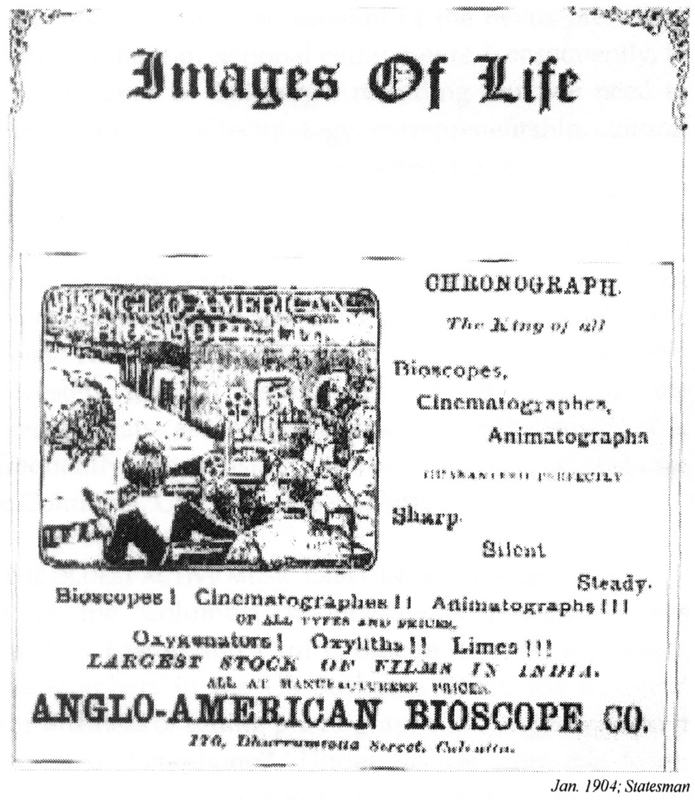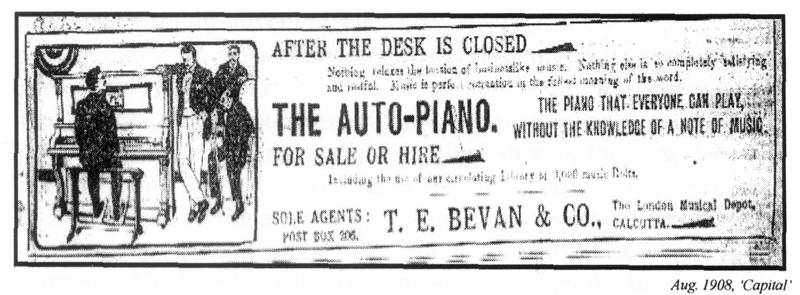Vibodh Parthasarathi




Grant Period: One year and eight months
Vibodh Parthasarathi maintains a multidisciplinary interest in communication theory, media policy and comparative media practice. He is one of the series editors of the Sage series on 'Communication Processes', of- which the first volume, 'Media and Mediation' was published in 2005, and the second, 'Domination and Defiance' is in press. He was the international coordinator of an intercultural publishing project on 'Communication and Citizenship'.
In a predominantly oral culture like India, the historical weight of the gramophone lies in its inauguration of the mechanical replication of musical forms. However, the existing research on the gramophone and recorded music in pre-radio India is largely one-dimensional.
To overcome this inadequacy in earlier attempts to study music culture and media history, Vibodh proposes to explore the shaping of cultural processes through technology, their permeation by industry and mediation by political forces. Adopting a methodological pluralism, he seeks to connect communication theory, media history and cultural studies in an effort to write a ‘deeper’ history of early recorded music in India.
The character of early recorded music was shaped not only by the repertoire of music available in India but also by the evolving technology for recording, replicating and playing music. Vibodh observes, “The Gramophone did contribute towards altering the site and dynamics of music as a cultural activity, an activity hitherto governed variously by patronage, caste, gender and in situ audience.
Recorded sound meant that local music and musicians were heard beyond a particular geographical region, thereby creating an incipient ‘national’ market in the arts. This spawned a set of new concepts like ‘commodity’, ‘recording’, ‘market’ and ‘listening’, which were alien to prevalent conceptions of music and therefore altered the ways in which music was understood as a cultural activity. In due course, the records industry also became a crucial ancillary to the emerging mediums of radio and cinema. However, the ‘talking machine’ was gradually overshadowed by successive technologies in the music industry, beginning with spool tapes in the 1960s to the MP3 of the present. Narrowing down his research to the ‘Gramophone Story’, he will focus on the “inter-relationships between the character of its symbolic artifacts, and their location and grounding in the wider social order.”
Vibodh will identify and collate written sources pertaining to the production and consumption of records in India, local and international commerce in records and the legal, political or other regulations governing the records industry. He will also prepare a database of records produced in the first four decades of the 20th century, incorporating language, performer, lyricist, style, theme, imprint and technical specifications. He is also interested in documenting personal narratives of select individuals, who were performers, record collectors, manufacturers, theatre artists, consumers, patrons of music or mobile gramophone vendors.
